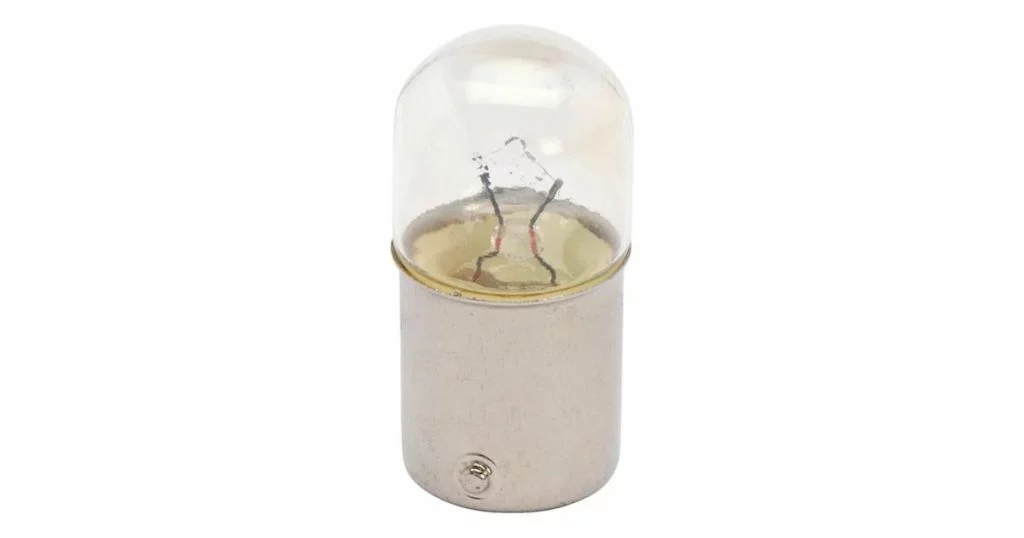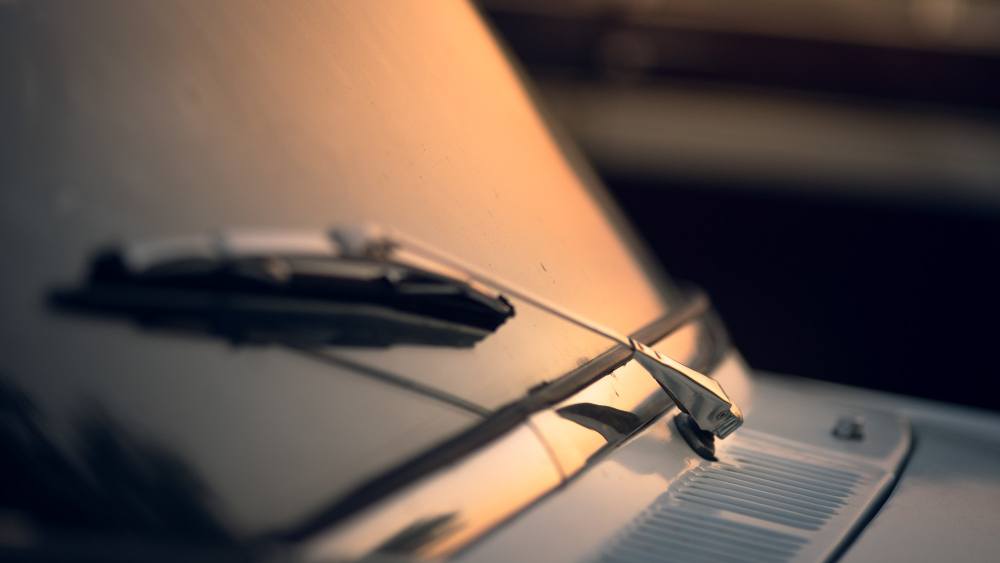
How to Choose the Right Windshield Wipers for Your Car
Οι υαλοκαθαριστήρες είναι ένα από τα πιο σημαντικά συστήματα ασφαλείας του αυτοκινήτου σου. Παρόλο που

Car lamps are one of the most important components for a vehicle. as they serve specific security purposes, regardless of model, design and size. In addition to the lights on the front and rear of the car, there are the lights on the dial, the brake lights, the fog lights, the dipped beam lights and the lights inside the car. The better the quality and condition of the lamps, the more safety they provide to the driver, passengers, other drivers and pedestrians.
If your car's light bulbs need to be replaced, you need to know the specific type of bulb that fits your vehicle's specifications for each position. In the market you will find a wide range of lighting fixtures, with different technology, shades and designs. For those of you wondering “Which car bulbs should I choose?”, in this article Geosantro summarizes for you everything you need to know about car bulbs.
There are many ways to find what bulbs fit in each position of your car. The quickest and easiest way is to refer to the manual of the I.X. where the type of each bulb is detailed.
Alternatively, you can search your car company's website for available drivers for your model. Finally, you can remove the bulb of the car you want to change to see what type it is and replace it with the same one. The type is usually written on the back of the bulb. If you do not know how to remove the broken bulb from your car, consult an auto mechanic in your neighborhood.
Now that you know what bulbs your car wears, you can choose between bulbs with different intensity, technology, durability and lifespan.
The majority of car lamps on the market are divided into three main categories: XENON, halogen and LED lamps. Let us now look at the characteristics of each category.
The most common type of lamp found in cars are halogen lamps, with the most common types being H1, H4, H7 and H11. They replaced the first incandescent bulbs, offering better lighting. They are a popular and "cheap solution" as their construction is simple while they provide a long service life and are resistant to temperatures that reach 600 degrees Celsius. The light color they produce is more yellow compared to the latest bulb technologies. Now, improved halogen car lamps with a higher color temperature of the XENON type are on the market.
XENON lamps, or HID (High Intensity Discharge), are a more sophisticated form of halogen lamps, with indicative types D1S, D2S, D3S, etc. The light in XENON lamps is produced by ionized gas. They first appeared on the market in 1991 and were initially used mainly in expensive cars. Today we find them in more and more car models. Even older models can support XENON bulbs if converted accordingly with a special transformer set, known as a XENON kit.
LED (Light Emitting Diode) light emitting devices are the latest technology in the vehicle light market. They are on the car parts market in a wide range and at more affordable prices for the average driver compared to previous years. Nevertheless, LED car lights are considered a “premium” choice compared to halogen and XENON lamps. LEDs produce light thanks to negatively charged electrons.
In addition, some companies have developed special Matrix LED technology, which detects oncoming cars using a camera. Thus, drivers at night do not have to manually close the ramp if a vehicle is passing from the opposite stream. The Matrix LED technology does this automatically, so that the driver can also see far and the drivers of other vehicles are not "blinded"
It is also interesting that there are now OLED (Organic LED) lamps, made of organic materials, which give a more futuristic style to the car models that are compatible.
More generally, LEDs are associated with greater road safety when driving at night because not only does the driver see better, but the car is also better distinguishable from other drivers.

The color temperature of a car bulb determines the hue of the light beam, i.e. whether the light produced is “warmer” or “cooler”. The shade of the light is important for your road safety, but also the safety of those around you.
The word "temperature" is used because the final shade of the light beam depends on how cold or hot the metal inside the bulb is.
Temperature is measured in Kelvin (K). 5.500K to 6.500K temperature lights are usually the ones that make it easier for drivers at night because they produce a pure white light that is more comfortable on the eye compared to much higher temperatures. For example, a 3.000K bulb emits a faint yellow light, ideal for fog lights, while a 12.000K bulb produces a strong, cool, purple hue, which gives the vehicle a distinctive style, but is considered boring by some.
An additional indicator of luminous flux is Lumens (L), which are used in LED car lamps by determining the intensity of light emitted. The higher the color temperature, the lower the Lumens usually. Therefore very high temperature lamps provide less visibility.

Car lamps are divided into three main categories based on their use.
Category 1 (Group 1) includes bulbs that can be used in all car lights. In this category there are also individual subcategories depending on the quality, the base and the energy required for their operation. These subcategories start with the Latin letter H and a number, for example, H1, H4, H7, H11.
Category 2 (Group 2) includes lamps used only for signaling, for example, turn signal, alarm, number plate light, reverse. And in the second category there are many subcategories starting with the Latin letters P, C, H, W and a number, such as PY21W car lamps.
Finally, Category 3 (Group 3) includes bulbs that are only used as spare parts in older car models.
Consider your needs but also the type of bulb that fits your car based on its construction and technical characteristics.
Consult your car model manual or a car mechanic. Then, study the characteristics of each type and category of lamp, so you can find the ideal one for you. Do you want long-life bulbs or shock-resistant bulbs?
In any case, it is important to buy the right product to avoid costly technical problems in the future. Make sure you follow the safety regulations as set by the car manufacturers and the United Nations.
At Geosantro you will find them best car lamps in Cyprus, which combine reliability and high quality. Choose between various lamp types (H1, H2, H3, H4, H7), lighting type (halogen, XENON, etc.), as well as lamps for all parts of the car (flashlights, taillights, interior, car running lights, etc. ). Benefit from free delivery throughout Cyprus for purchases over 50 euros. Sign in as a professional partner and benefit from additional discounts.
Browse our online store or stop by our physical store in Limassol Cyprus. We will be happy to assist you!
Related Articles:

Οι υαλοκαθαριστήρες είναι ένα από τα πιο σημαντικά συστήματα ασφαλείας του αυτοκινήτου σου. Παρόλο που

Όλοι έχουμε βιώσει αυτόν τον ενοχλητικό ήχο που κάνουν οι υαλοκαθαριστήρες όταν κινούνται πάνω στο